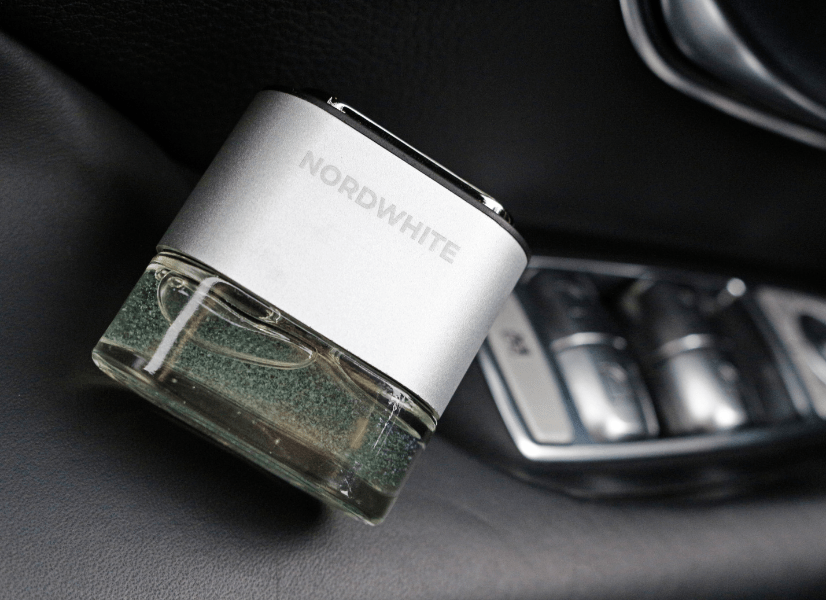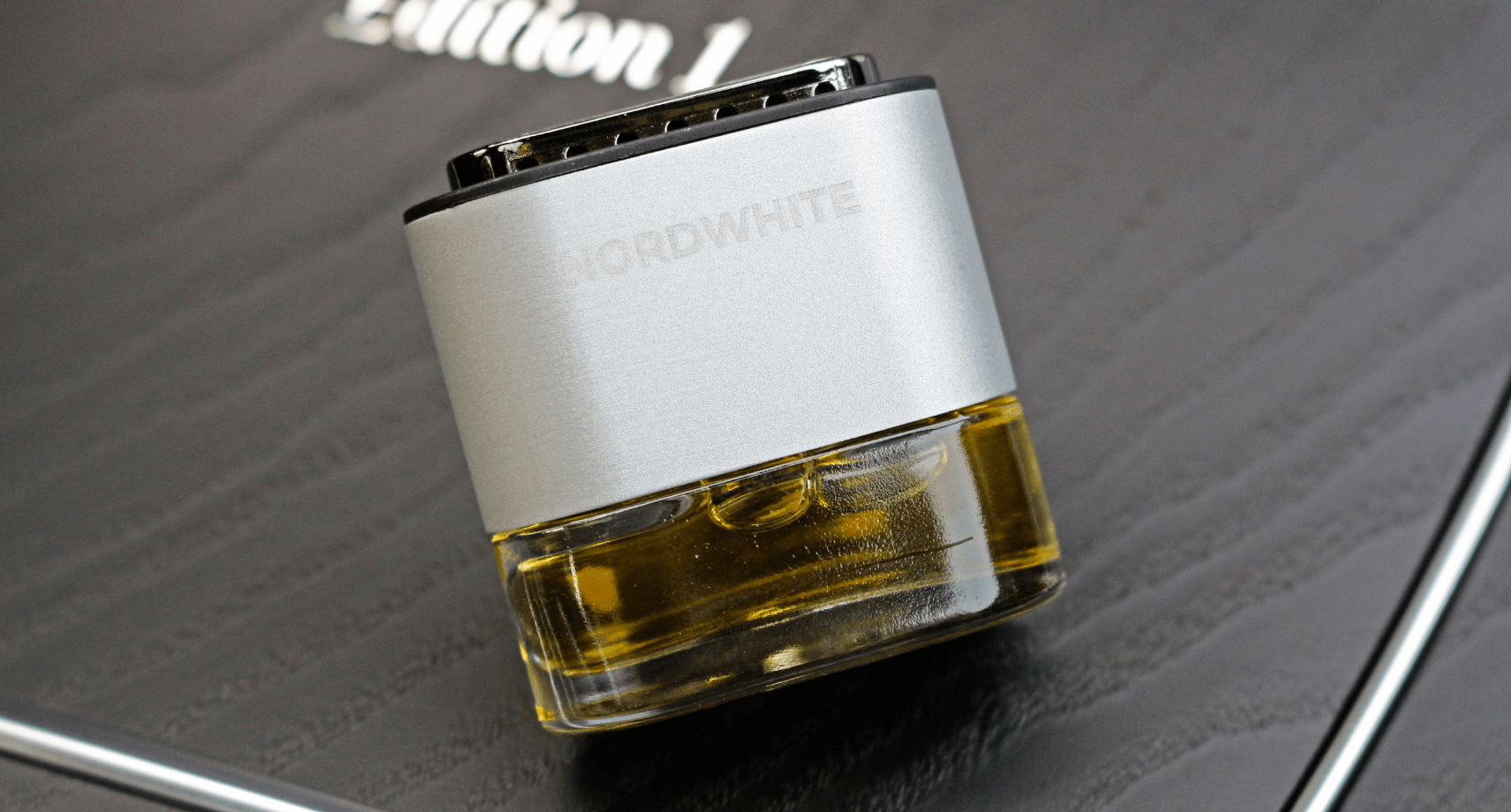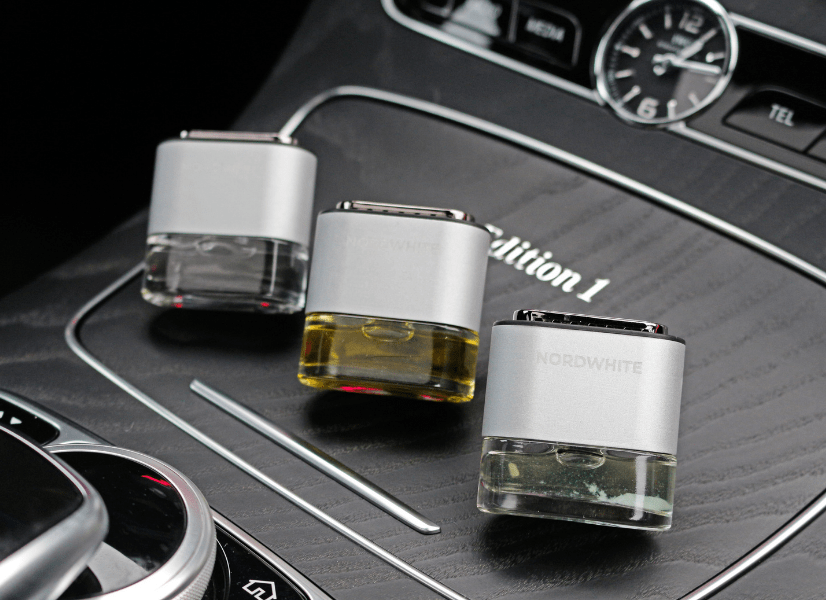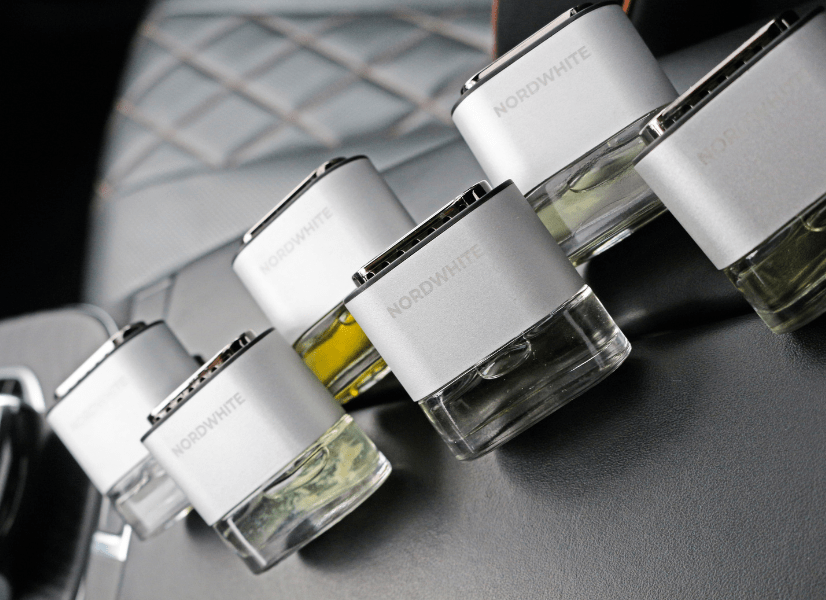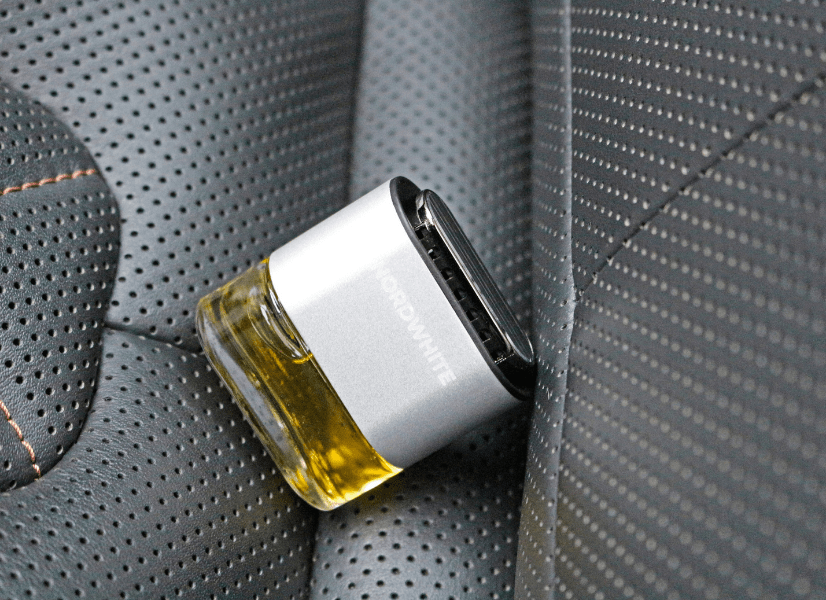Introduction
If you are a fragrance fan, you are probably using your favourite one every day and you are well accustomed to it. The same holds for both the usual perfumes and car perfumes. But have you ever thought what these perfumes are made of? It is actually quite a complex and lengthy journey accompanied by a master perfumer full of passion and expertise. Read on and if you want to learn more!
Step 1: ingredients
Each and every perfume starts its life as a list of ingredients made up by the master perfumer. Usually, perfumes are made of natural ingredients, e.g. spices, grasses, flowers, and leaves.
Often times the production of one pound of essential oil which is used to craft fragrances requires a thousand of flowers, so perfumery is quite dependant on agriculture and natural conditions. If one of these factors goes bad, crops might get ruined, they might not grow, or they can change their qualities. As you can see, quite many things have to be properly managed to pass this stage of production and retain quality.
Another recent development is that more and more producers use synthetic chemicals to produce the oils which used to be attainable only from animals or which could not be extracted at all. However, it should not be feared, as the alternatives would either be cruel to animals, insanely expensive, or non-existent.
Step 2: extraction
Once you have the raw materials, you can go on and extract their oils. There are multiple extraction methods, but the most commonly used by the perfumers are the expression and steam distillation methods.
Steam distillation method uses steam which is passed through the object to extract the oil. Expression method, on the other hand, squeezes the oils out with brute force.
Step 3: oil blending
The creation of the perfume itself begins when the essential oils have been withdrawn from the ingredients.
Separate oils are blended into one by the master perfumer. It may take hours, days, weeks, and even months of trial and error for them to reach the desired scent.
If the perfumer is happy with the scent that they have reached, the perfume oil is combined with alcohol and left to bind. The amount of alcohol added to the perfume oil determines what kind of fragrance it becomes: Eau de Parfum, Eau de Toilette, Eau de Cologne, or any other.
Step 4: ageing
Letting perfume age is the last, and probably the longest step in the process. Perfume is like a fine wine or whiskey – it will smell differently depending on how long it has aged. Once the master perfumer decides that the correct scent has been reached, perfume goes into the production and soon reaches the shop shelves.
Conclusion
Now that you understand the process behind the creation of perfume, we hope that you will appreciate both the perfume you spray on yourself and the car perfume which accompanies you in your travels even more.

